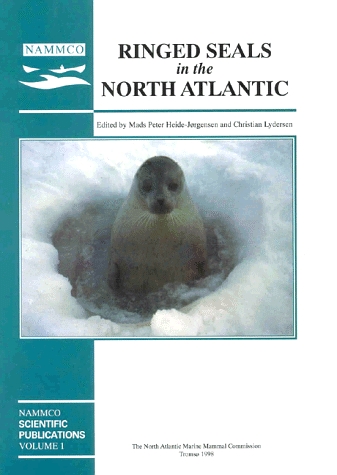Diet of the ringed seal (Phoca hispida) in Greenland
DOI:
https://doi.org/10.7557/3.2991Keywords:
ringed seals, Phoca hispida, Greenland, dietAbstract
Analysis of 454 stomachs of ringed seals (Phoca hispida) collected from the Inuit hunt in six municipalities in West Greenland and 30 alimentary tracts collected by scientists in East Greenland, showed seasonal and regional differences in the diet. In Northwest and East Greenland polar cod (Boreogadus saida) and Arctic cod (Arctogadus glacialis) were the most dominant prey items. In contrast, seals in central West Greenland mainly preyed upon amphipods (Parathemisto spp.), capelin (Mallotus villosus), redfish (Sebastes sp.) and squid (Gonatus sp.), while capelin was the most important prey item in Southwest Greenland. The material from Uummannaq demonstrates seasonal variations, as euphausiids were common in spring, and snailfish (Liparis spp.) dominated from October through January, where after snailfish disappeared with the formation of fast ice. No age related differences in the diet were found in stomach samples from Avanersuaq, but in Upemavik crustaceans were more abundant in stomach samples from younger immature seals. Greenland halibut (Reinhardtius hippoglossoides) was only present in samples from seals older than 4 years. In Upemavik Arctic cod was the dominant prey item for seals caught in May at the ice
edge, whereas polar cod dominated the samples from seals caught in open water.





